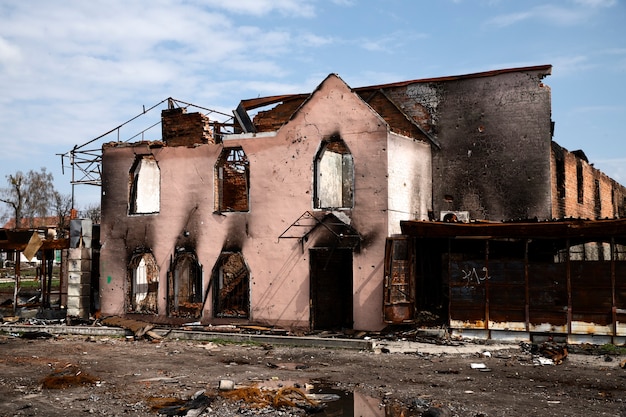
Eliminate Smoke Odors Effectively with Hydroxyl Generators and Thermal Fogging
Smoke odors can be notoriously difficult to eliminate, especially after a fire or prolonged exposure to tobacco smoke. These odors permeate furniture, walls, and other surfaces, making it challenging to restore a fresh environment. Fortunately, advanced technologies such as hydroxyl generators and thermal fogging offer effective solutions for smoke odor removal. Both methods address the issue at its source, ensuring a thorough and long-lasting resolution. This article explores these techniques and offers guidance on how to apply them effectively.
The Role of Hydroxyl Generators in Smoke Odor Removal
Hydroxyl generators are a modern solution for tackling smoke odors. These devices leverage the natural power of hydroxyl radicals, which are molecules naturally present in the Earth's atmosphere. They play a crucial role in breaking down pollutants and odors.
How Hydroxyl Generators Work
- Hydroxyl generators create hydroxyl radicals through UV light and a catalyst.
- These radicals react with odor molecules, breaking them down at a molecular level.
- The process is safe for use in occupied spaces, making it an attractive option for continuous odor control.
Unlike ozone generators, which can leave behind harmful residues, hydroxyl generators are considered safe for both humans and pets. Read more about this topic.
Thermal Fogging: A Comprehensive Approach
Thermal fogging is another effective method for eliminating smoke odors. This technique involves using a thermal fogger to apply a deodorizing agent in a fog form, allowing it to penetrate deep into porous materials.
Benefits of Thermal Fogging
- Reaches areas that may be difficult to access with other cleaning methods.
- Neutralizes odors at their source rather than simply masking them.
- Can be used in conjunction with other odor-removal methods for enhanced effectiveness.
Thermal fogging is particularly effective in post-fire restoration scenarios. The fog fills the affected space, ensuring comprehensive coverage. Learn more in this detailed guide.
Choosing the Right Method for Smoke Odor Elimination
Choosing between hydroxyl generators and thermal fogging depends on the specific circumstances and extent of the odor problem.
Factors to Consider
- Severity of Odor: For deeply embedded odors, a combination of both methods may be necessary.
- Occupied Spaces: Hydroxyl generators are ideal for use in spaces that need to remain occupied during treatment.
- Type of Material: Porous materials may benefit more from thermal fogging due to its penetrating capabilities.
It's crucial to assess the environment and the specific needs before implementing a treatment plan. Explore further insights here.
Ensuring Long-Term Odor Control
Once the primary odor removal process is complete, maintaining a smoke-free environment requires ongoing vigilance. Regular cleaning and air filtration can help prevent the recurrence of smoke odors.
Tips for Maintaining Freshness
- Utilize air purifiers equipped with activated carbon filters to capture lingering smoke particles.
- Implement regular cleaning schedules for surfaces and fabrics that may retain odors.
- Consider periodic professional assessments to ensure that odors are not returning.
Consistent maintenance and the strategic use of technology can help ensure that once smoke odors are eliminated, they stay away. Find additional information here.